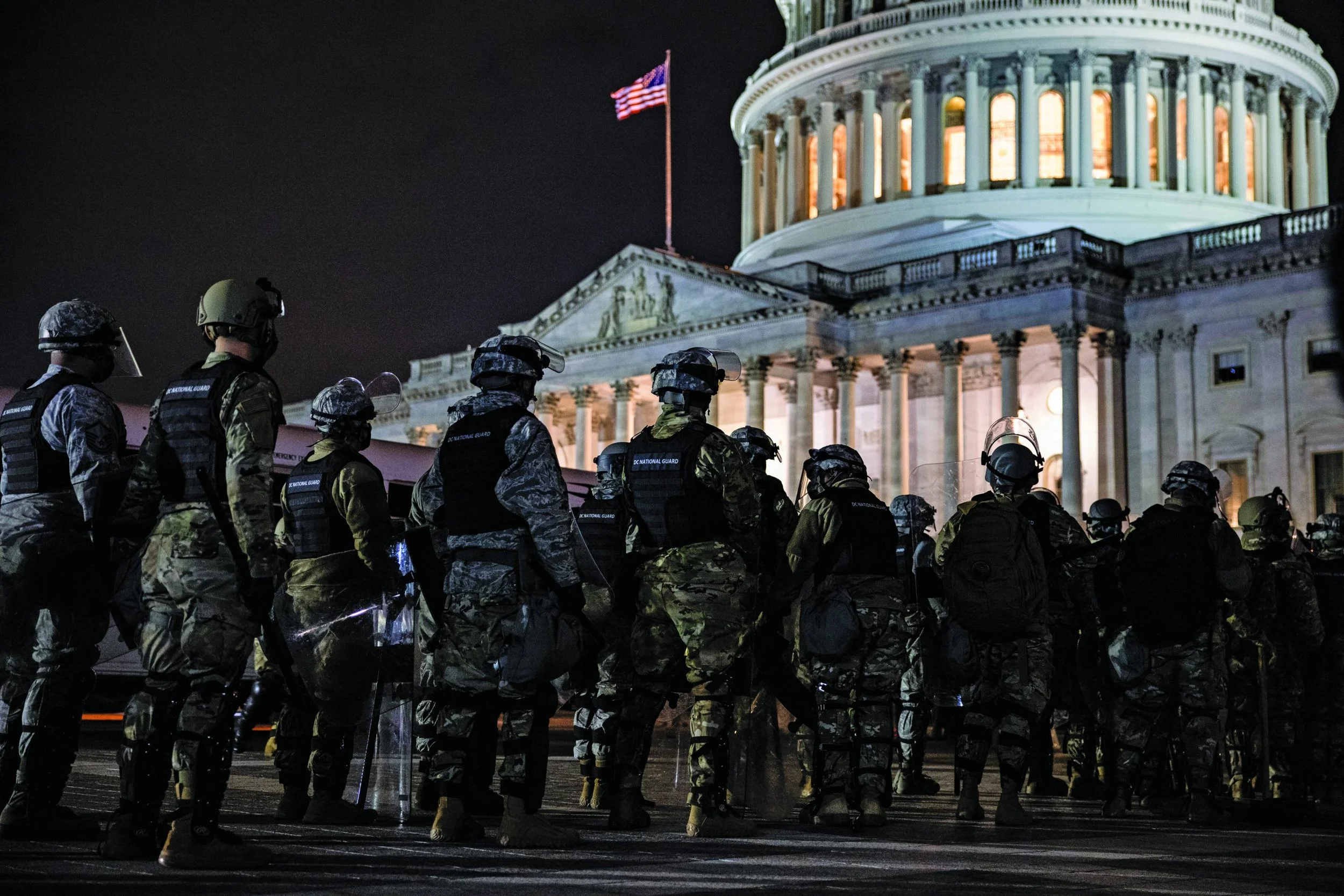Why People Enter and Embrace Violent Groups
By Ángel Gómez , Mercedes Martínez , Francois Alexi Martel , Lucía López-Rodríguez , Alexandra Vázquez , Juana Chinchilla , Borja Paredes , Mal Hettiarachchi , Nafees Hamid , and William B Swann
We distinguish two pathways people may follow when they join violent groups: compliance and internalization. Compliance occurs when individuals are coerced to join by powerful influence agents. Internalization occurs when individuals join due to a perceived convergence between the self and the group. We searched for evidence of each of these pathways in field investigations of former members of two renowned terrorist organizations: the Liberation Tigers of Tamil Eelam (LTTE) (Study 1) and Islamist radical groups (Study 2). Results indicated that ex-fighters joined LTTE for reasons associated with both compliance and internalization but that ex-fighters joined Islamist radical groups primarily for reasons associated with internalization. When compliance occurred, it often took the form of coercion within LTTE but involved charismatic persuasion agents within Islamist groups. This evidence of systematic differences in the reasons why fighters enter violent groups suggests that strategies for preventing radicalization and fostering de-radicalization should be tailored to particular groups.
Front Psychol. 2021 Jan 7


